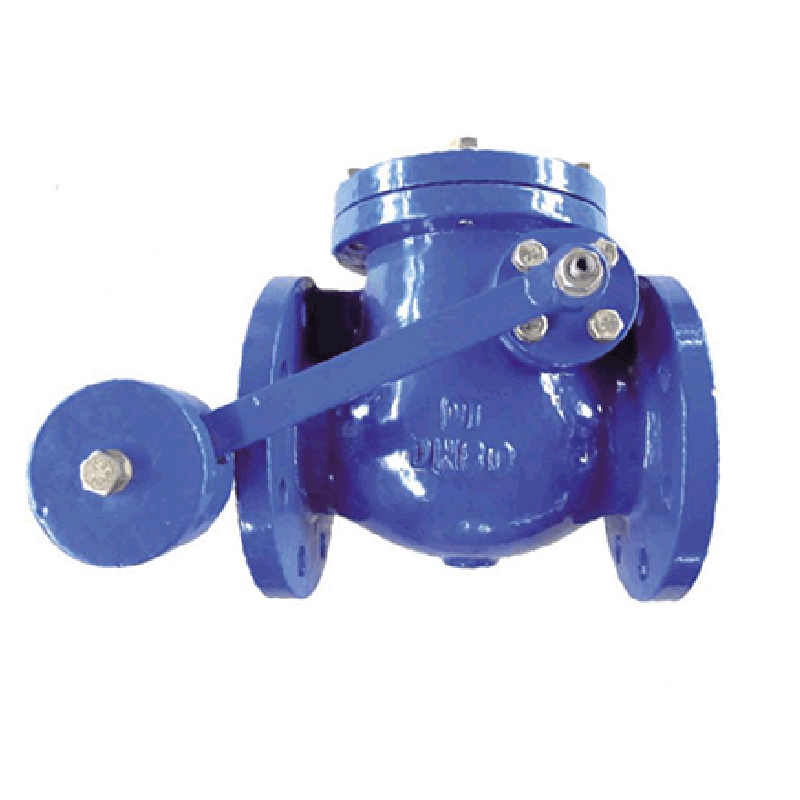નવેમ્બર . 16, 2024 23:52 Back to list
Exploring the Features and Benefits of Ball Type Foot Valves in Fluid Systems
Understanding Ball Type Foot Valves An Overview
Ball type foot valves play a critical role in various fluid control applications, particularly in water pumping systems and irrigation setups. They are a specific type of check valve that allows fluid to flow in one direction while preventing backflow. This unique functionality is essential for maintaining pressure in suction lines and ensuring efficient water delivery.
How Ball Type Foot Valves Work
At the heart of a ball type foot valve is a spherical ball that acts as the sealing mechanism. When the pump operates, the pressure created pushes the ball away from the seat, allowing fluid to flow through. As the pump stops, the ball is forced back onto the seat by gravity or the pressure from the surrounding fluid, effectively preventing reverse flow. This design is simple yet highly effective, which is why it is commonly used in various applications.
Key Applications
Ball type foot valves are widely used in domestic and agricultural irrigation systems. For instance, when a submersible pump is installed in a well, a foot valve is placed at the bottom to ensure that water does not drain back when the pump is turned off. This not only helps maintain the priming of the pump but also contributes to the longevity of the system.
ball type foot valve

In industrial settings, these valves can be found in pump installations where managing fluid flow is crucial. They help protect pumps from damage due to unwanted backflow, which can lead to cavitation and, ultimately, equipment failure.
Advantages of Ball Type Foot Valves
One of the primary advantages of ball type foot valves is their reliability. The simplicity of the design minimizes the chances of mechanical failure, reducing maintenance costs. Additionally, these valves can handle a variety of fluids, including sewage and chemicals, making them versatile for different industries.
Another notable benefit is the ease of installation. They can often be installed without extensive modifications to existing systems, allowing for smooth upgrades or replacements.
Conclusion
In summary, ball type foot valves are indispensable components in fluid management systems across various sectors. Their reliable functionality, simple design, and versatility make them an excellent choice for ensuring efficient fluid flow and preventing backflow. Whether in agricultural irrigation, industrial applications, or residential water systems, understanding the role of ball type foot valves is essential for optimizing performance and maintaining equipment integrity. By investing in quality foot valves, users can enhance their systems' efficiency, leading to better water management and cost savings.
Share
-
Reliable Wafer Type Butterfly Valves for Every IndustryNewsJul.25,2025
-
Reliable Flow Control Begins with the Right Ball Check ValveNewsJul.25,2025
-
Precision Flow Control Starts with Quality ValvesNewsJul.25,2025
-
Industrial Flow Control ReliabilityNewsJul.25,2025
-
Engineered for Efficiency Gate Valves That Power Industrial PerformanceNewsJul.25,2025
-
Empowering Infrastructure Through Quality ManufacturingNewsJul.25,2025